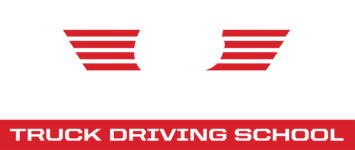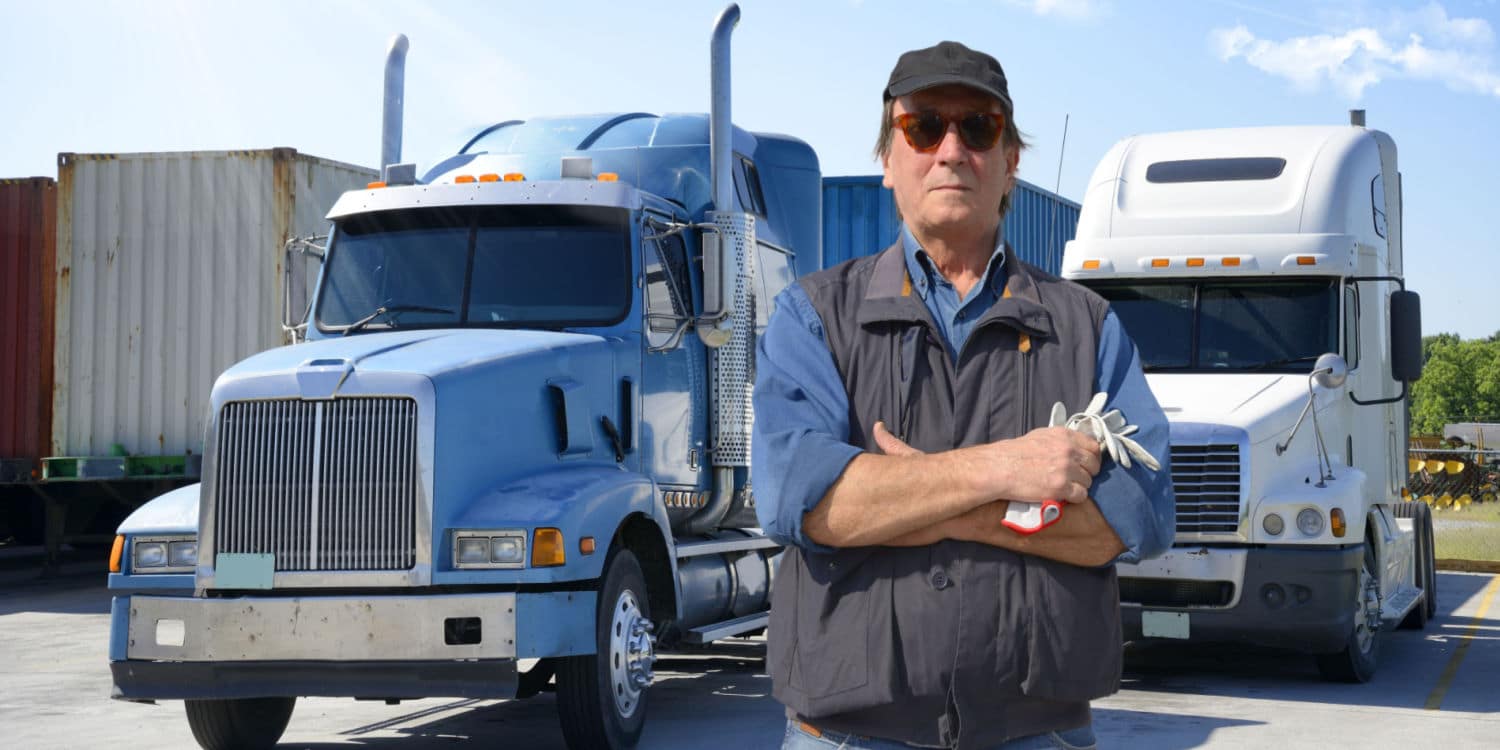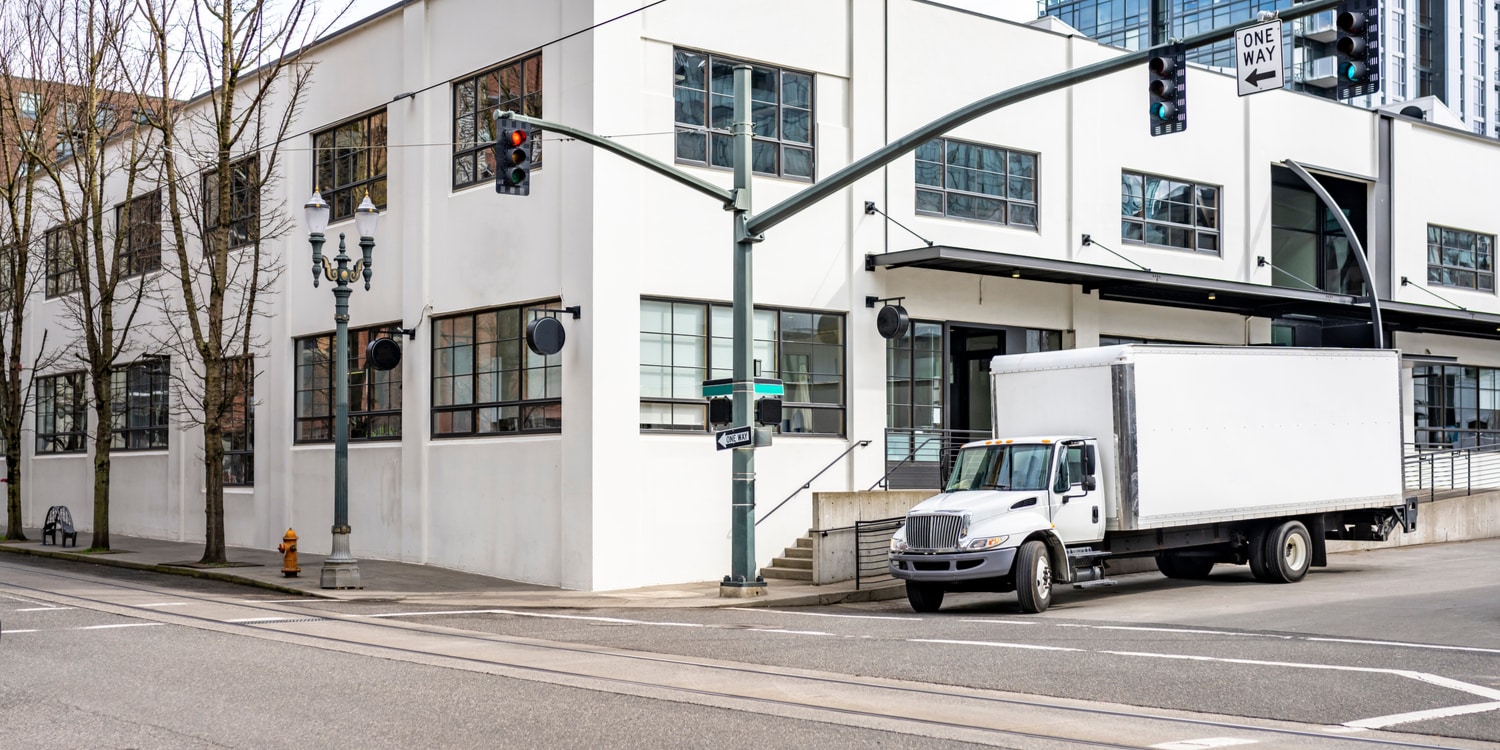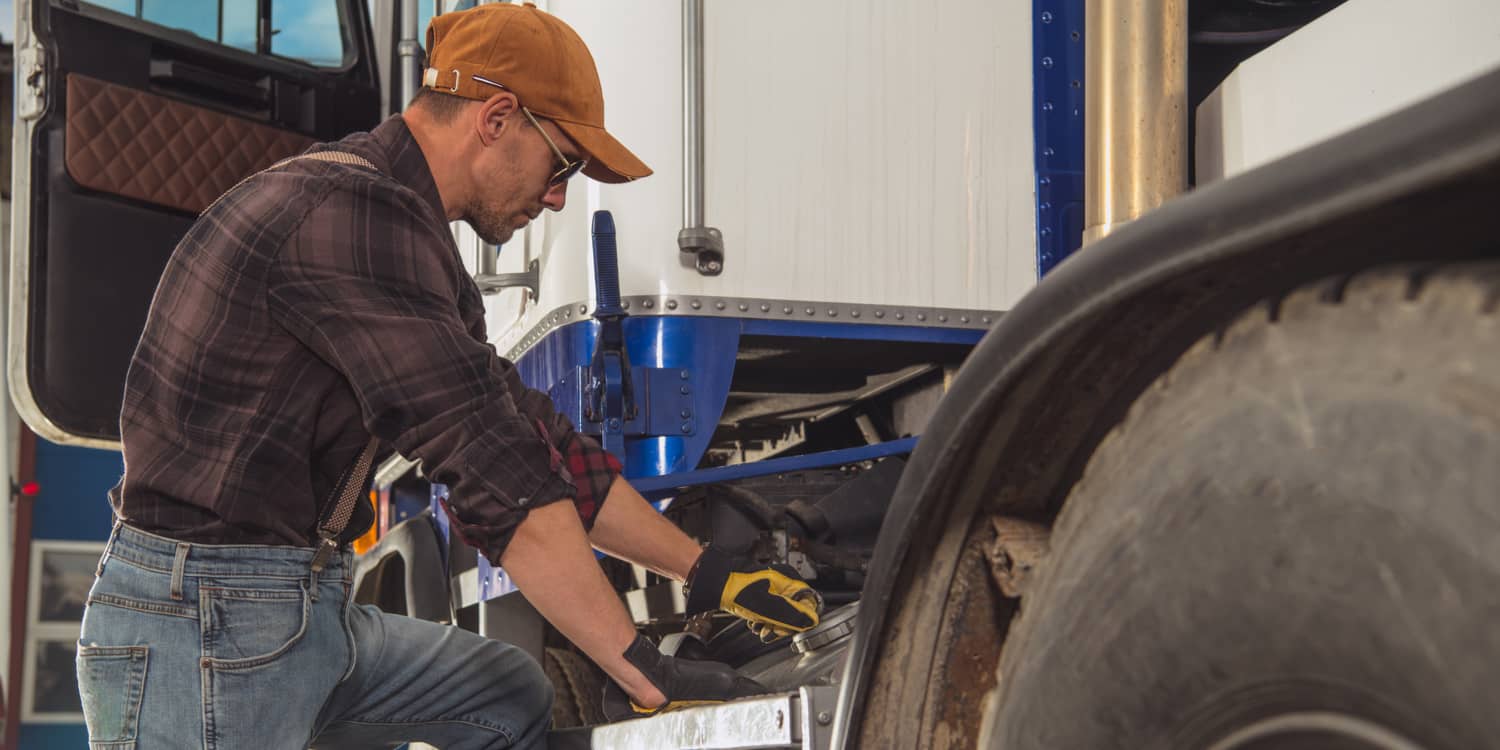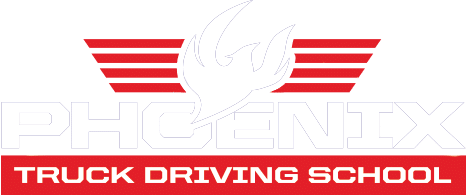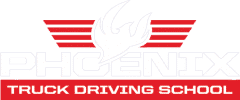Many truckers are drawn to the industry because of their independence. This career offers the ability to enjoy the freedom of the open road and to manage many aspects of your own daily schedule, even if you are an employee of a trucking company. That being said, many desire to take this a step further and become an owner-operator.
Owner-operators own their semi-trucks and manage all aspects of their business operations. Because of the high earning potential and the desire to be one’s own boss, many drivers are interested in pursuing this career path, either by saving up to buy a truck outright or by driving for a company with a lease-purchase program. However, it’s important to truly consider the pros and cons of being an owner-operator vs a company driver to see which is best for you.
Company Driver
We’ve already defined what an owner-operator is in trucking, so it’s useful to have a clear definition of what a company driver is as well. This is an individual who is a traditional employee for a motor carrier. The company they work for assigns hauls, although drivers may be able to work with their company to get certain types of hauls over time.
Pro – Focus on Driving
When you’re employed by a motor carrier, they will handle the logistics of getting hauls, paying for insurance, and managing many of the “back office” tasks involved in trucking. You’ll still be responsible for certain non-trucking tasks, but there is a clearer division of responsibility. This means that you get to focus more on driving, which is often a major advantage since a love for driving is probably one of the factors that led you to a trucking career.
Con – Less Flexibility in Hauls
An owner-operator is responsible for finding their own hauls. This means they can select certain routes for areas of the country they prefer and schedule their time with greater flexibility. As a company driver, you are a bit more limited, at least at first. Like in any career, truckers prove themselves over time, and those with seniority may have more flexibility in negotiating for dedicated customers or preferred routes.
Variable – Earning Potential
Many of the highest-paid truckers are owner-operators and it’s true that earning potential is often higher with this path. That being said, company drivers have the potential to earn very competitive pay, and since they don’t have the same costs as owner-operators, the final earning potential is highly variable.
Owner-Operator
Pro – More Control
One of the major reasons truckers wish to become owner-operators is the sense of increased control. Although this can vary depending on whether or not you contract with one company or are fully independent, owner-operators do generally have more control over their hauls and time off. Of course, you won’t get paid if you aren’t hauling, but you can choose when to drive and when to not with greater flexibility.
Con – Greater Risks and Liabilities
Owner-operators take on greater financial risks and are liable for more costs than company drivers. For example, if your truck breaks down as a company driver, you’ll lose driving time, but the company is responsible for the cost of repair. Owner-operators own their trucks and so are responsible for these costs. You’ll also need to cover business expenses such as insurance and diesel, which can add up quickly.
Variable – Earning Potential
As mentioned above, owner-operators do often make more than company drivers, but this can vary significantly due to the variable operating costs. It’s important to realistically estimate your potential income and costs in order to decide if being an owner-operator is right for you, and you do take a risk of losing money, especially as you establish your business.
Variable – Become a Business Owner
Owner-operators are small business owners. There are many positives to this, and one of the major ones is the sense of pride at being your own boss. However, there’s also downsides to this. You’ll be managing all aspects of your business, not just driving your truck. If you know you enjoy business management as well as trucking, this can be a great fit. On the other hand, if handling accounting between hauls sounds unappealing, being an owner-operator may not be ideal.
Start Your Career with Phoenix Truck Driving School
At the end of the day, there are pros and cons to being an owner-operator or to being a company driver. It’s important to be honest with yourself about your own values and motivations to decide what’s right for you, and to realize that this can change over time.
No matter which path you pursue, the first step is earning your commercial driver’s license (CDL). At Phoenix Truck Driving School, we can help you do this in as little as four weeks. We also offer job placement assistance and work with you to find companies that align with your long-term goals. This can include finding motor carriers that offer pathways to truck ownership.
